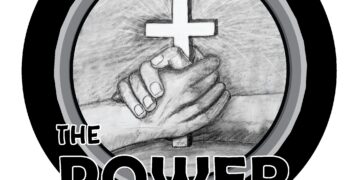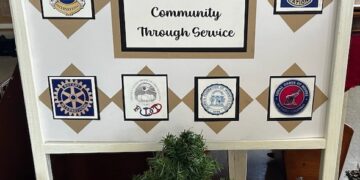If you’re a Shenandoah Valley native, chances are someone in your family tree spoke German. In fact, in 1775, 60% of the people in Shenandoah County spoke German, and historians estimate that in 1912, 70% of the residents of Rockingham County were of German descent. If you’ve ever visited southwest Germany or have seen pictures of the countryside, it’s easy to see why German immigrants chose the Shenandoah Valley to make their homes. The wide fields, steep mountains, and rolling hills were like the topography of their homeland.
German immigrants contributed much to the culture of the Shenandoah Valley, and The Shenandoah Germanic Heritage Museum celebrates those contributions. The museum is dedicated to collecting, preserving, and sharing items and methods used by early Germanic immigrants in the Shenandoah Valley and is located on the Hottle-Keller Farm. The Hottel-Keller Farm is part of the original land which George Hottel and his brother-in-law, George Keller acquired in 1737. Most of the property remained in the Hottel Keller family until William Jacob Keller, Jr. donated it to Hottel Keller Memorial, Inc.

Vicki Mongold of Fulks Run, one of the volunteers, says that the museum features artifacts that honor the self-sufficiency and family values the German immigrants brought to the Valley. German farmers were efficient in all their farming practices. They built their barns near their gardens so the fertilizing manure would be easy to scoop on to the soil. They did not agree with slavery and prided themselves on finding ways to do everything for themselves. They believed in “hard work and making do.”
German families were close-knit and valued all its members. Vicki says while many European countries saw the oldest son as the only heir, German farmers divided their property equally among all children—daughters as well as sons. Everybody had a job to do, and children began doing chores at a young age. The German family structure became a model for the traditional American family.
Politics did not interest the German farmers. They did not seek political office and they particularly hated to pay taxes. They just wanted to be left alone to work their farms and raise their families.

Some of the artifacts you’ll see at the museum include spinning and weaving tools and hand-made farm implements. A hemp stone is also on display. Hemp stones are huge, cone-shaped stone used to turn the hemp plant into strands for weaving into rope and fabric.
The museum is open by appointment. Tours may be arranged by calling 540-984-3202 or 540-459-4827.
You can visit the museum on June 1st from 11 a.m. – 2 p.m. for a fiber demonstration featuring spinning, weaving, and knitting. You can participate in the demonstration or just watch if you prefer. You will also see an outdoor bake oven in operation—bread being baked the old fashioned way.
The Shenandoah Germanic Heritage Museum is located at 11523 Back Road in Toms Brook.
































